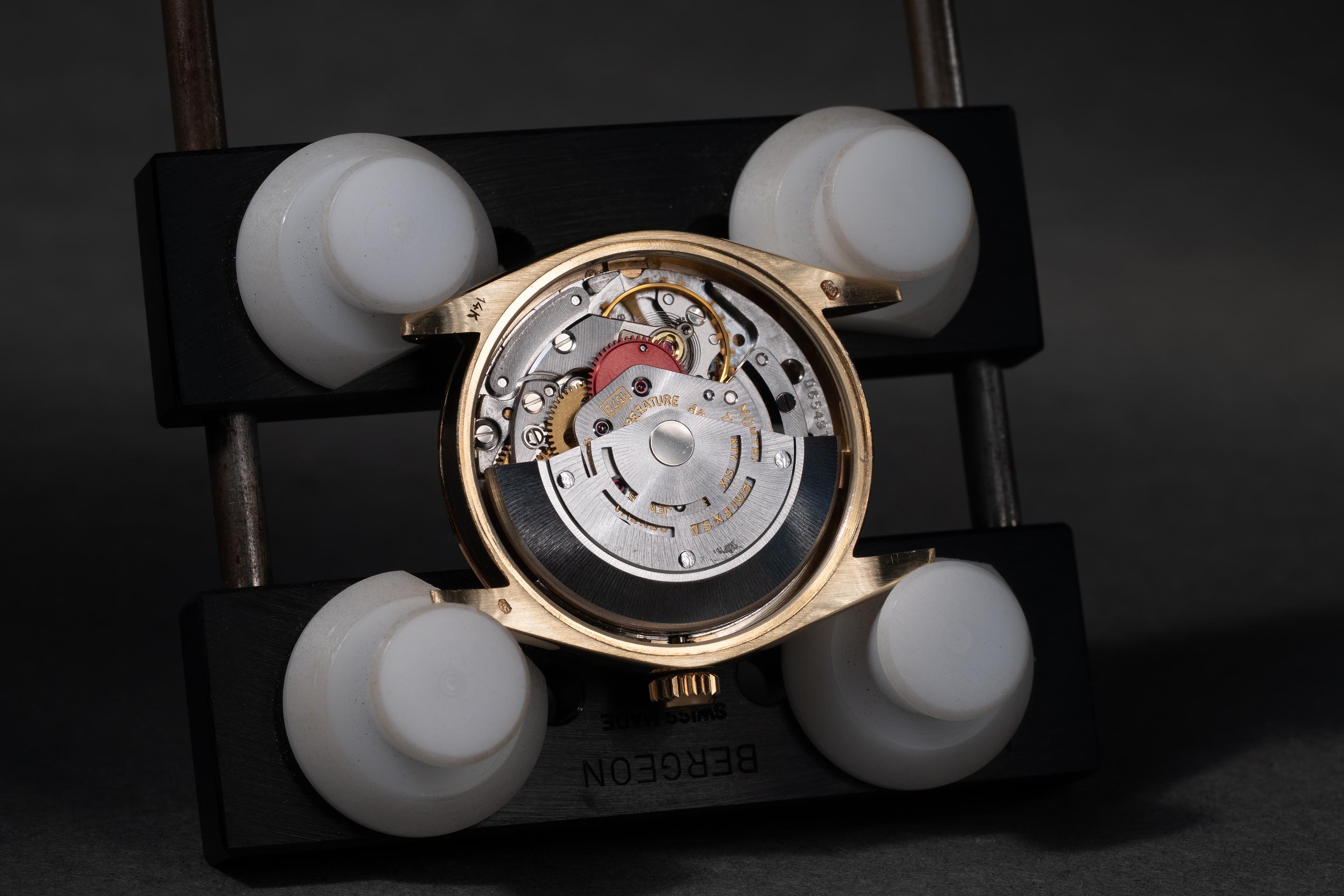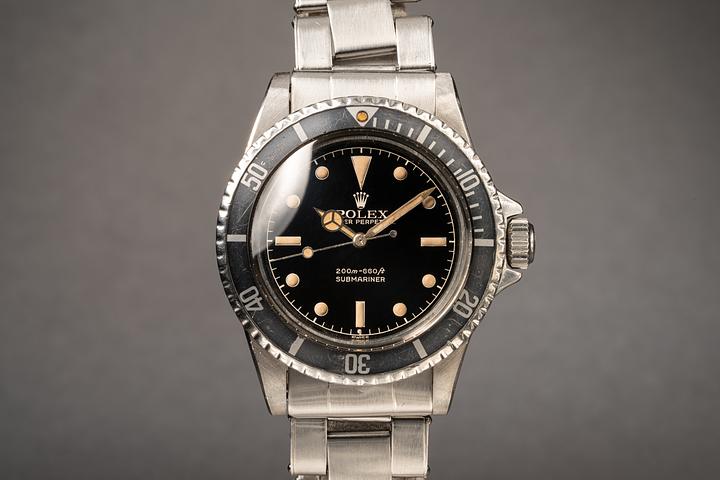Inside Rolex Watch Repair: Craftsmanship, Precision, Legacy

Inside Rolex Watch Repair: A Deep Dive into Swiss Precision and Expertise
For anyone who’s ever strapped on a Rolex, there’s that moment—you know, where time feels like it means something more. And while the world may keep spinning, a Rolex keeps ticking. But what happens when it doesn’t? That’s where the fascinating world of Rolex watch repair comes in. It may not be glamorous on the surface, but inside those polished cases is a symphony of gears, springs, and screws. And when something goes awry, it takes nothing short of Swiss artistry to put things right again. So yes, if you've ever wondered why your Submariner needs six weeks in Geneva or why polishing isn’t always a good thing—it’s time to pull up a chair.
What Sets Rolex Repair Apart from Everyday Watch Service?
Let’s start with the obvious: Rolex isn’t just any watch. Born in 1905, Rolex quickly established itself as a force within the Swiss watchmaking tradition, introducing the first waterproof wristwatch with the Oyster case in 1926 and pioneering self-winding mechanisms soon after. These milestones weren’t just about innovation but also about setting a standard—and that standard doesn’t waver when it comes to repair and servicing.
Every Rolex service goes through an exacting process, one that’s rooted in rigorous Swiss standards. Whether it's routine maintenance or correcting a malfunction, service technicians trained and certified by Rolex undergo months, sometimes years, of specialized training. We’re talking microscopes, white gloves, and torque-controlled screwdrivers. This meticulous approach is what makes Rolex watch repair fundamentally different from other watch brands. The philosophy? The watch should return ticking and looking as if it just left the factory floor.
The Anatomy of a Rolex: Why Every Component Matters
To really grasp what goes into Rolex repair, you kind of have to appreciate what makes a Rolex...well, a Rolex. Inside the case, you’ll find a self-winding mechanical movement crafted entirely in-house. Unlike quartz which relies on battery power, a mechanical movement is a living, breathing machine that depends on gears, balance wheels, and hairsprings functioning in concert. If one piece slips out of alignment, you’ll feel it. You might not see it right away, but your timekeeping will suffer.
Each movement can have anywhere from 150 to 300 individual components. Now, imagine taking something that intricate apart without scratching, losing, or incorrectly positioning even a single cog. That’s why Rolex doesn’t outsource repairs. Even for something as seemingly simple as adjusting timing, precision down to fractions of a second per day is the standard. The company's movements are also COSC-certified chronometers, so accuracy post-repair isn’t just ambition—it’s a certification metric.
The Full Service Process: More Than Just Polishing
When a Rolex goes in for service, it’s not just a quick fix-and-polish operation. First, the watch is carefully disassembled. Every component, down to the smallest gear, is cleaned using ultrasonic baths in proprietary solutions. Then comes inspection. Worn parts? They’re replaced with official Rolex-certified components. Nothing aftermarket, no substitutions. Every screw—yes, every screw—is either polished, replaced, or re-seated with factory torque.
And the case and bracelet? They get just as much love. They’re cleaned and, if approved by the owner, lightly polished to restore their original finish. But here's the kicker: Rolex only allows so many polishes in the lifespan of a watch. Repeated polishing can wear down edges and details, which is why trained technicians approach the process with extreme care. After reassembly, the watch undergoes a battery of tests—water resistance, amplitude, power reserve, and timekeeping accuracy—before it's deemed wrist-ready.
Why Swiss Watchmakers Still Lead Global Standards
Switzerland has long been considered the spiritual and technical home of elite horology, and Rolex sits proudly at the helm. Brands like Patek Philippe, Audemars Piguet, and Omega all serve as testaments to the Swiss dominance in mechanical watchmaking, but Rolex separates itself through scale, consistency, and vertically integrated manufacturing.
Rolex controls nearly every part of its supply chain. From their own foundry where they create proprietary gold alloys to internally manufactured ceramic bezels and movements, this control translates into unprecedented consistency. And when it comes to watch repair, that reliability matters. It means trained Rolex watchmakers across the globe are working with identical tools, parts, and manuals adhering to Geneva's precise standards, whether they’re in New York, Dubai, or Tokyo.
Common Issues That Require Rolex Repair and Servicing
Even with all the robustness built in, Rolex watches aren’t invincible. And hey—especially if you’re wearing yours daily—things will eventually show some wear. The most common reasons people send in their Rolexes for service include timing inconsistencies, moisture under the crystal, a stuck bezel, or a sharp drop in power reserve over time. Sometimes it's just routine maintenance; Rolex recommends service intervals every 10 years, though you can go longer if things are running smoothly.
And then there’s trauma repair. Drop your GMT-Master II on a tile floor, and you might be fine—might. But an impact can displace the movement just slightly enough to throw off timing. That’s another reason servicing is handled with extreme care. Even if the watch “seems fine,” a seemingly innocent jolt can wreak havoc inside. So yeah, get it checked.
So, Is Rolex Watch Repair Worth It?
Absolutely. You’re not just maintaining a timepiece; you’re preserving an heirloom. A Rolex isn’t meant to sit behind glass, but it does thrive when it's properly cared for. With the brand’s dedication to keeping vintage models functional—even decades after release—you’re also getting peace of mind. Authenticity, heritage, and longevity are baked into every screw and spring. Rolex repair isn’t cheap, but it’s not supposed to be. It’s deliberate, exacting work performed by craftsmen who treat your watch like their own. So whether you've had your piece for five years or fifty, be kind to it—it’s more than a watch; it's history in motion.




